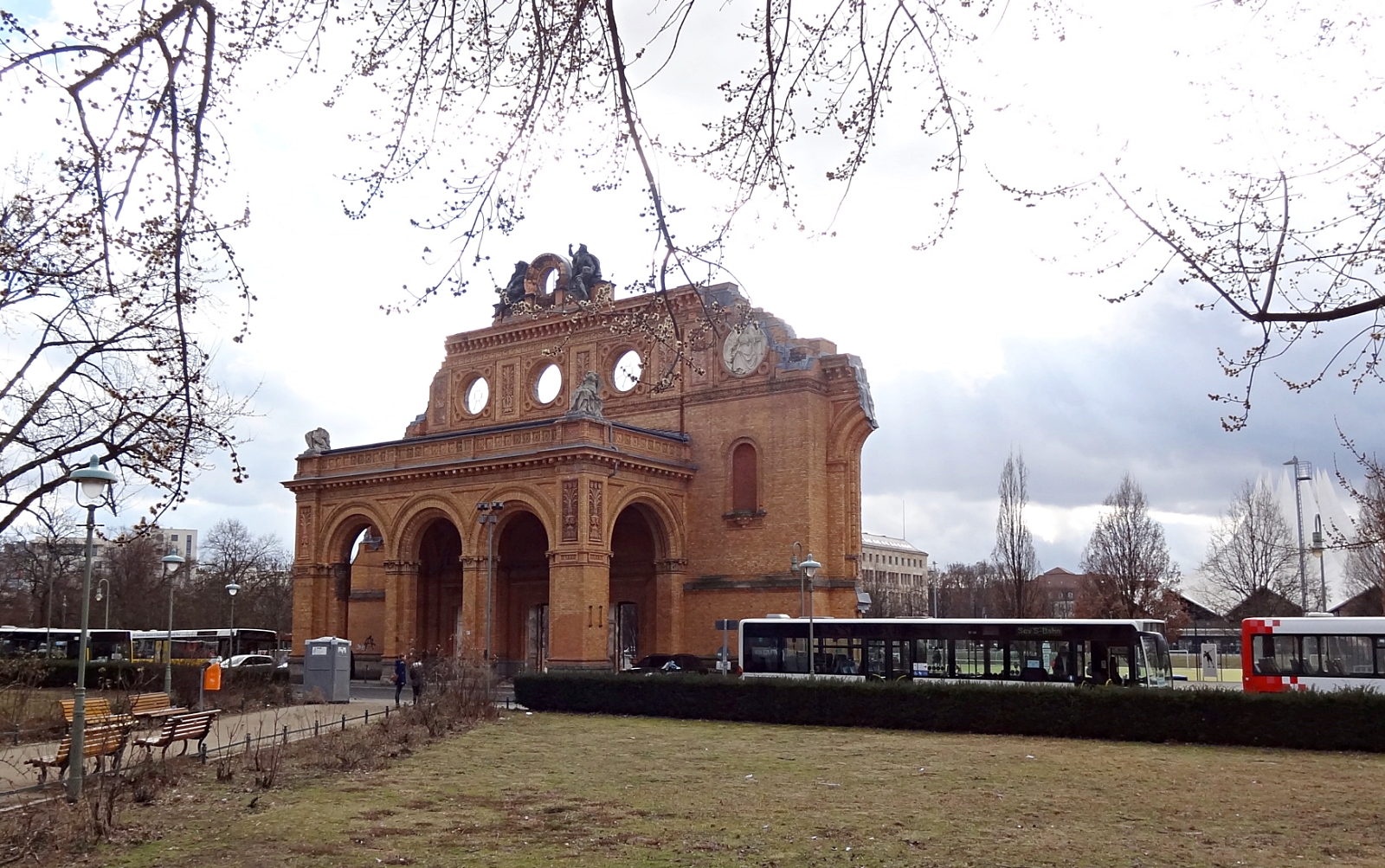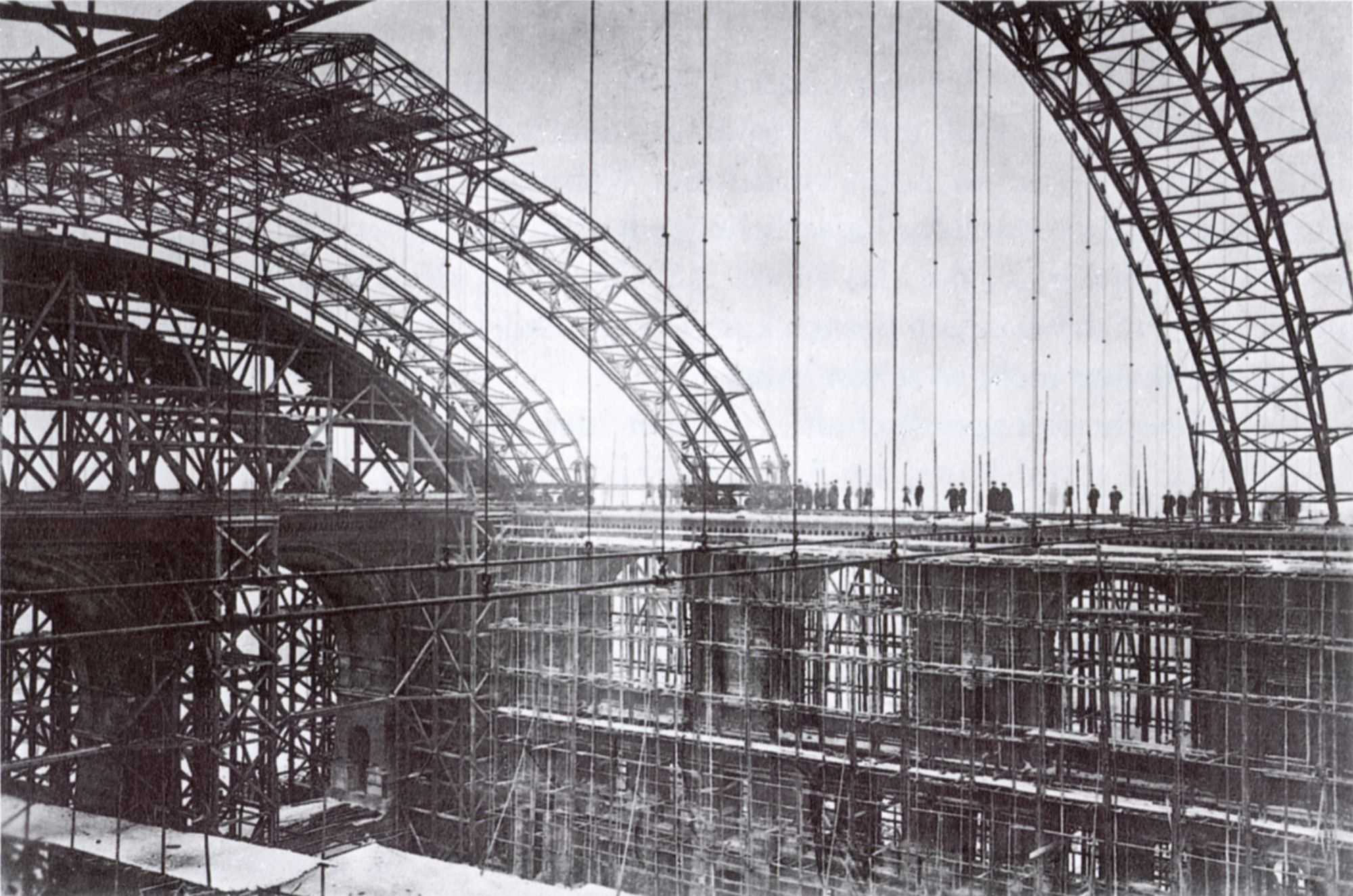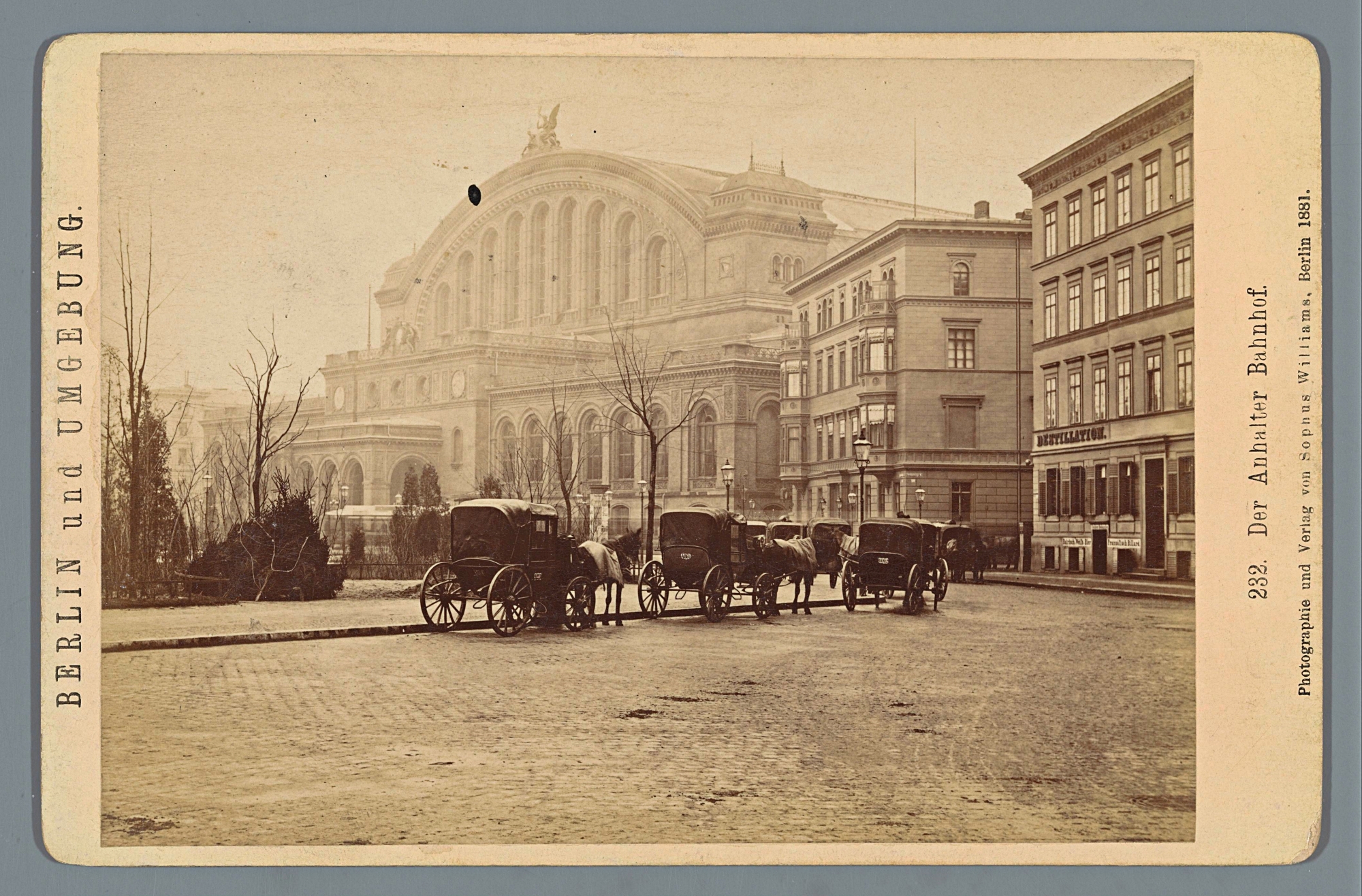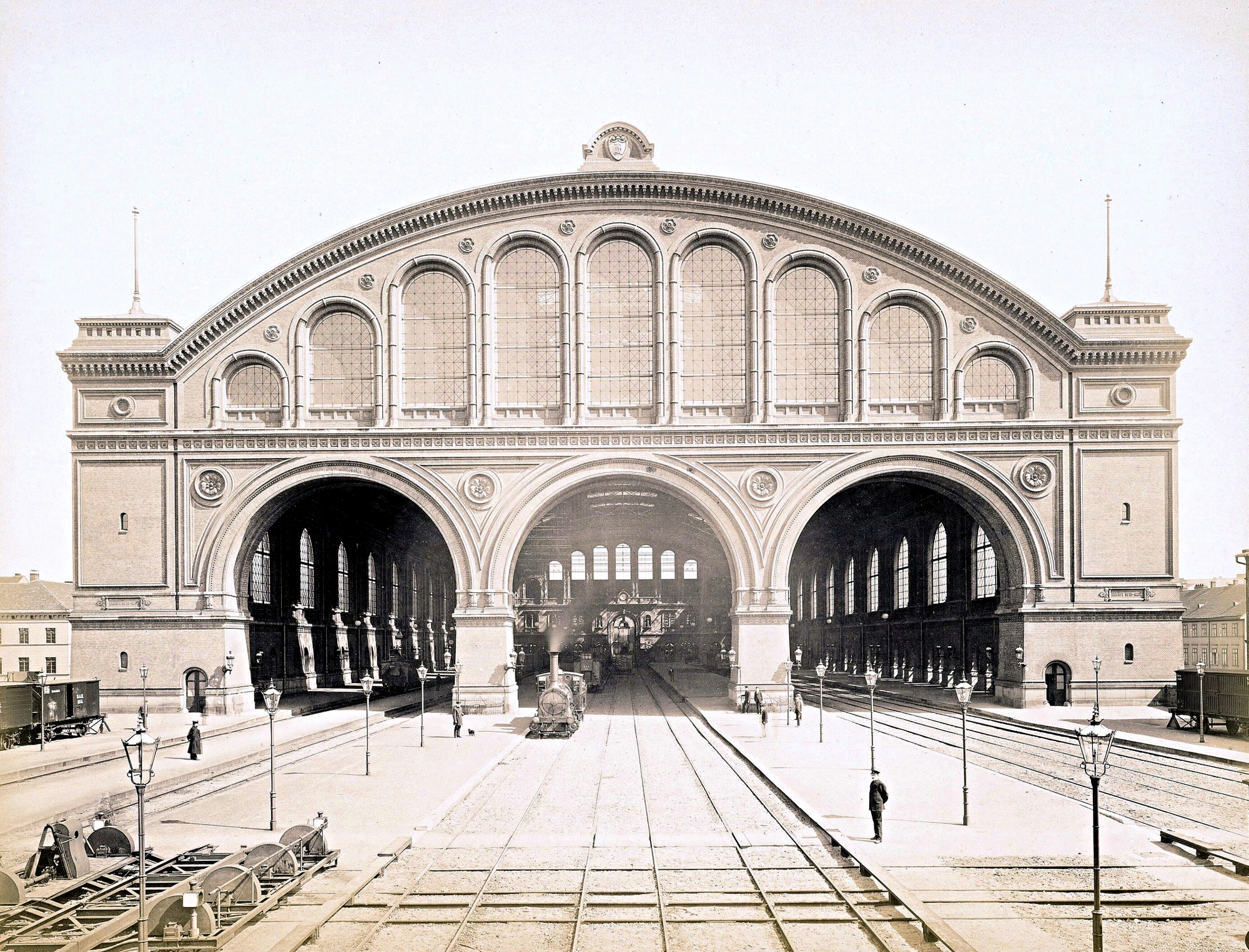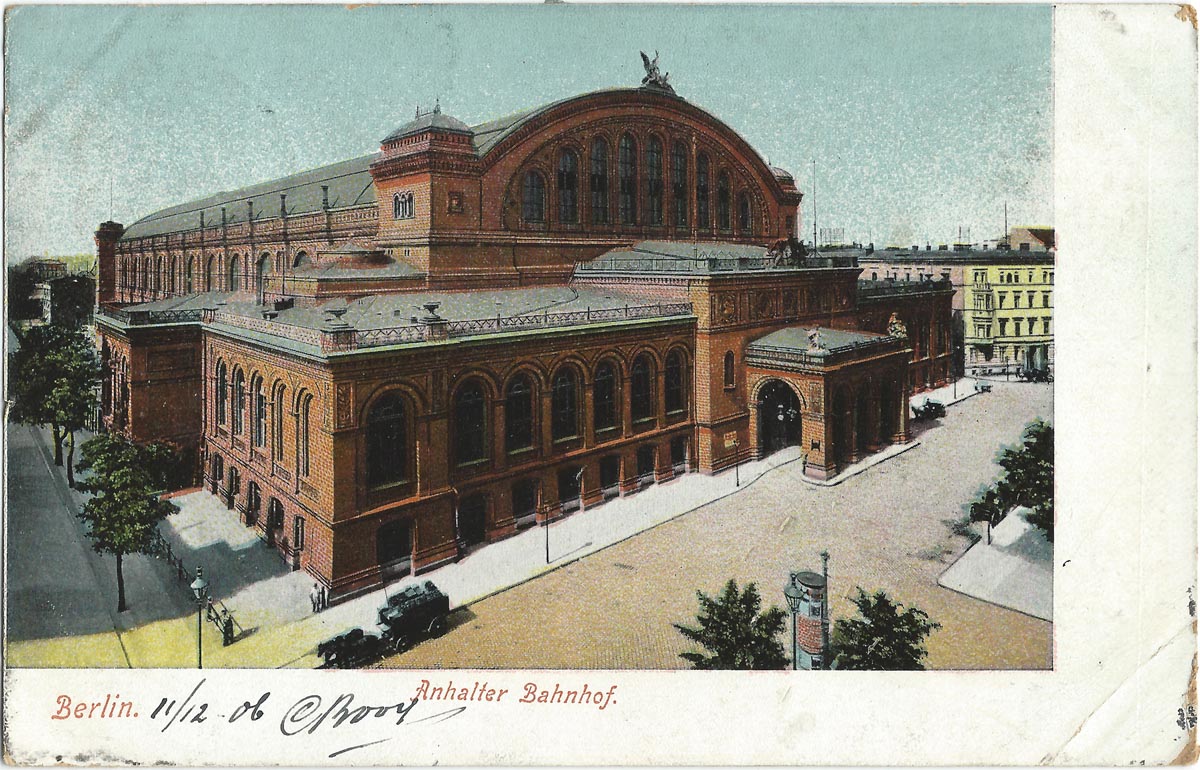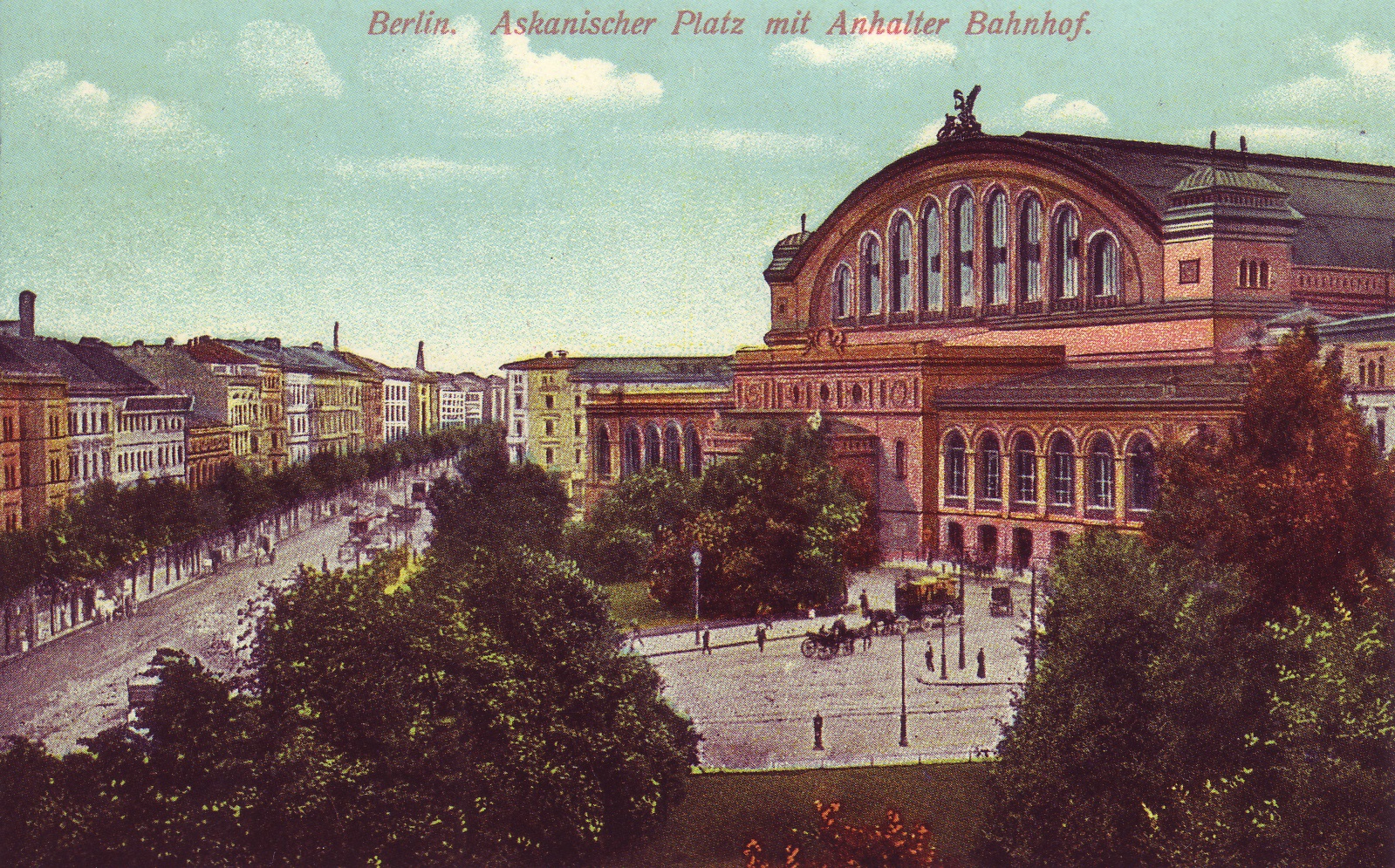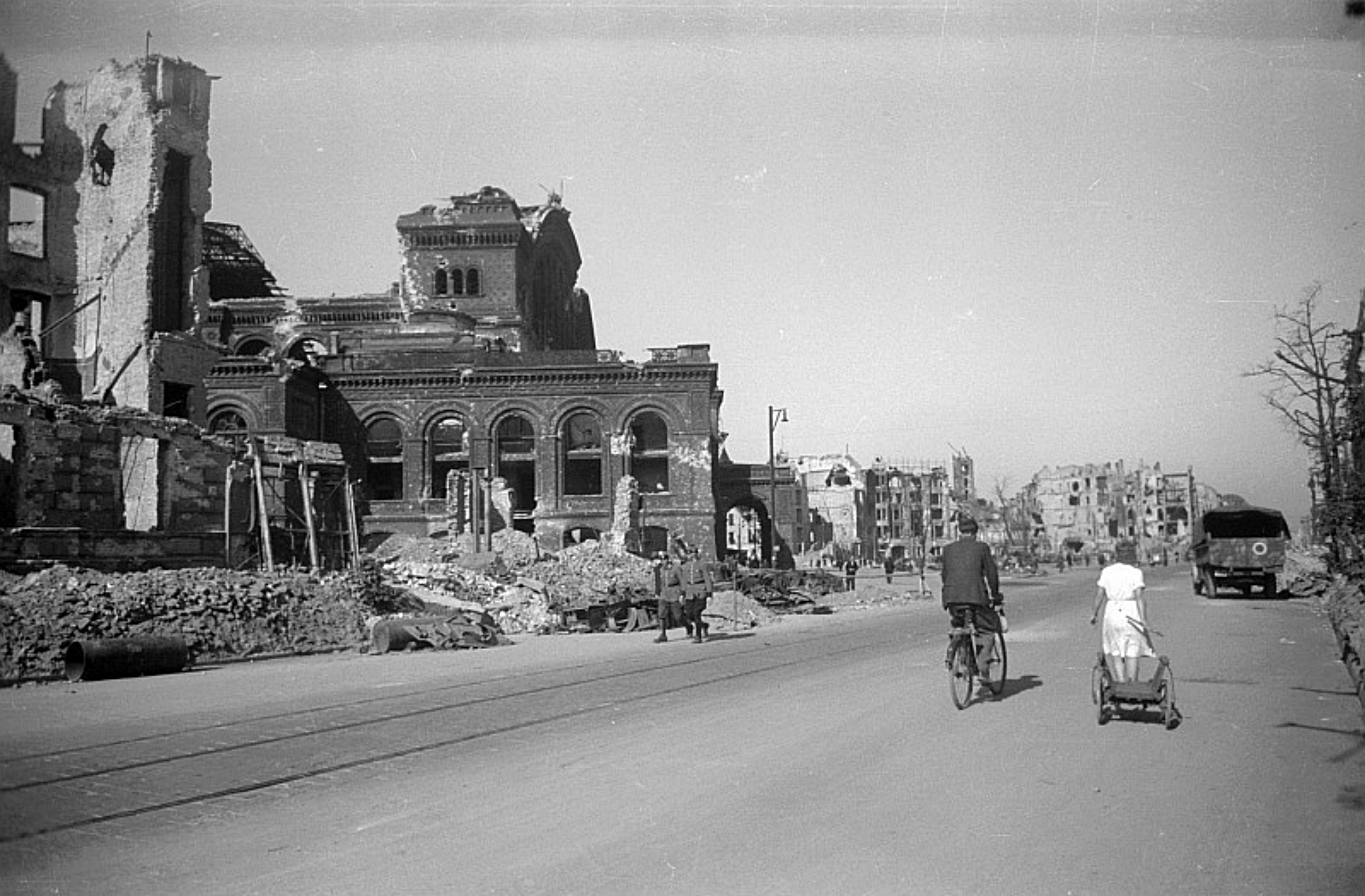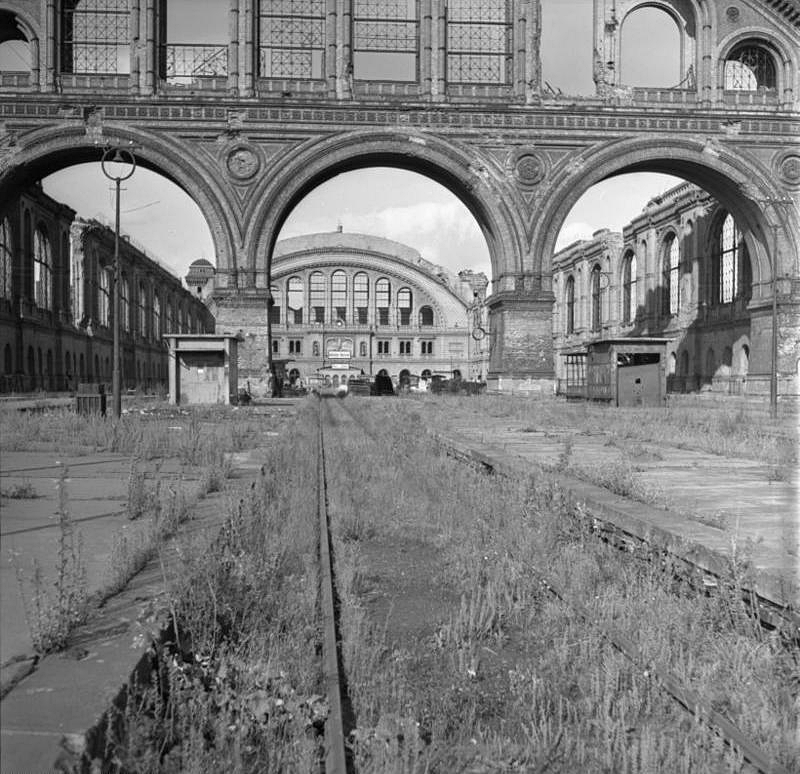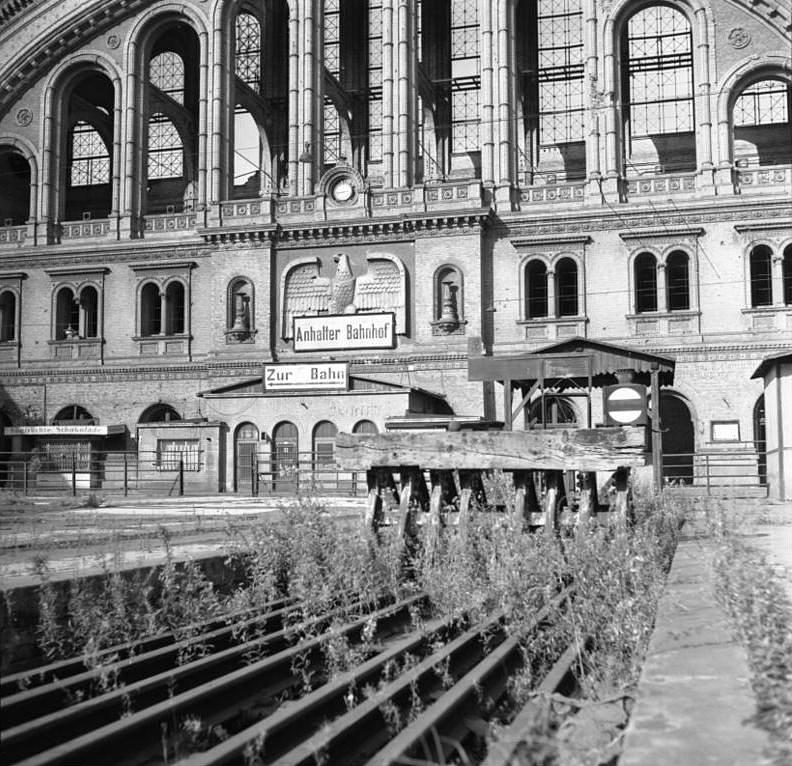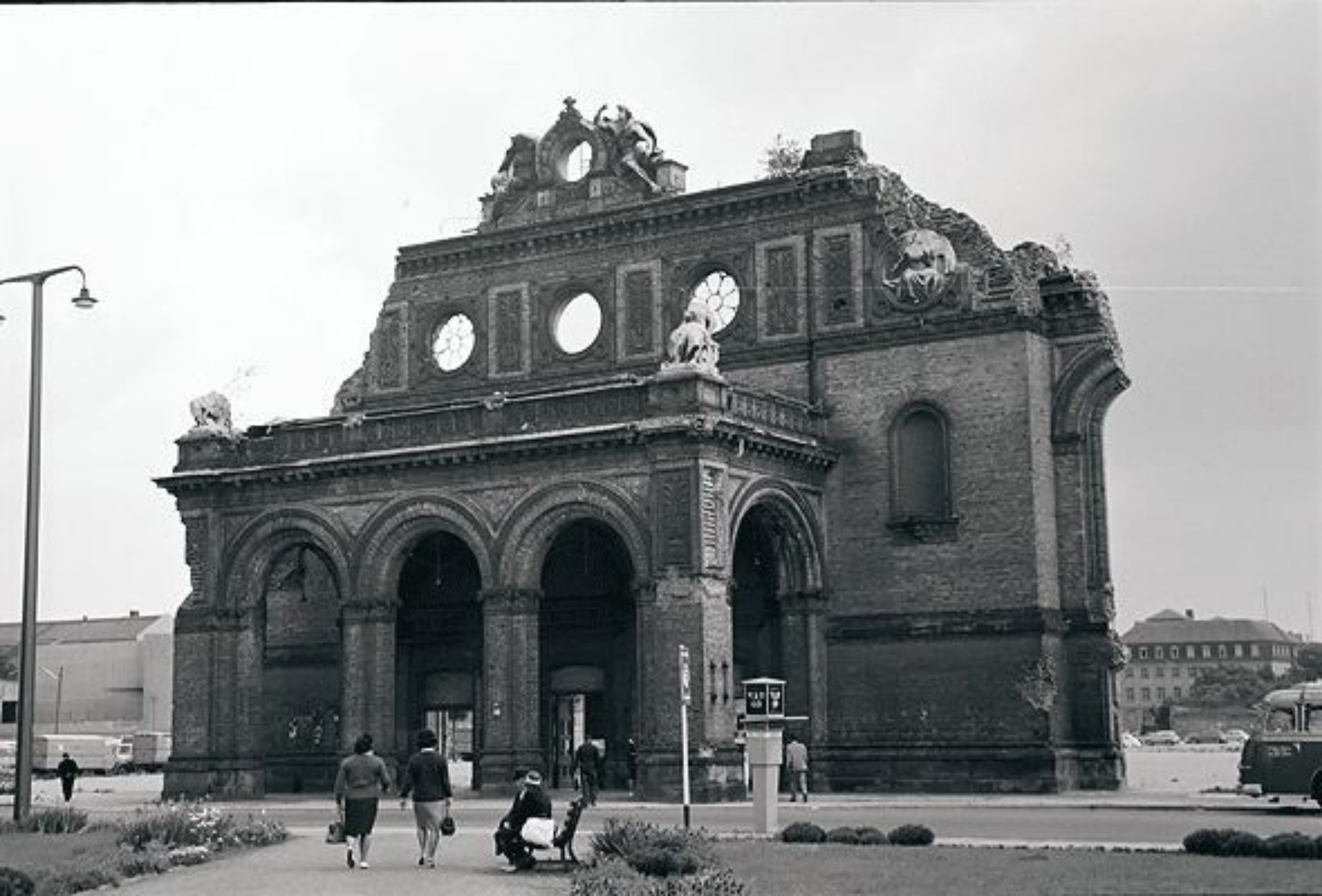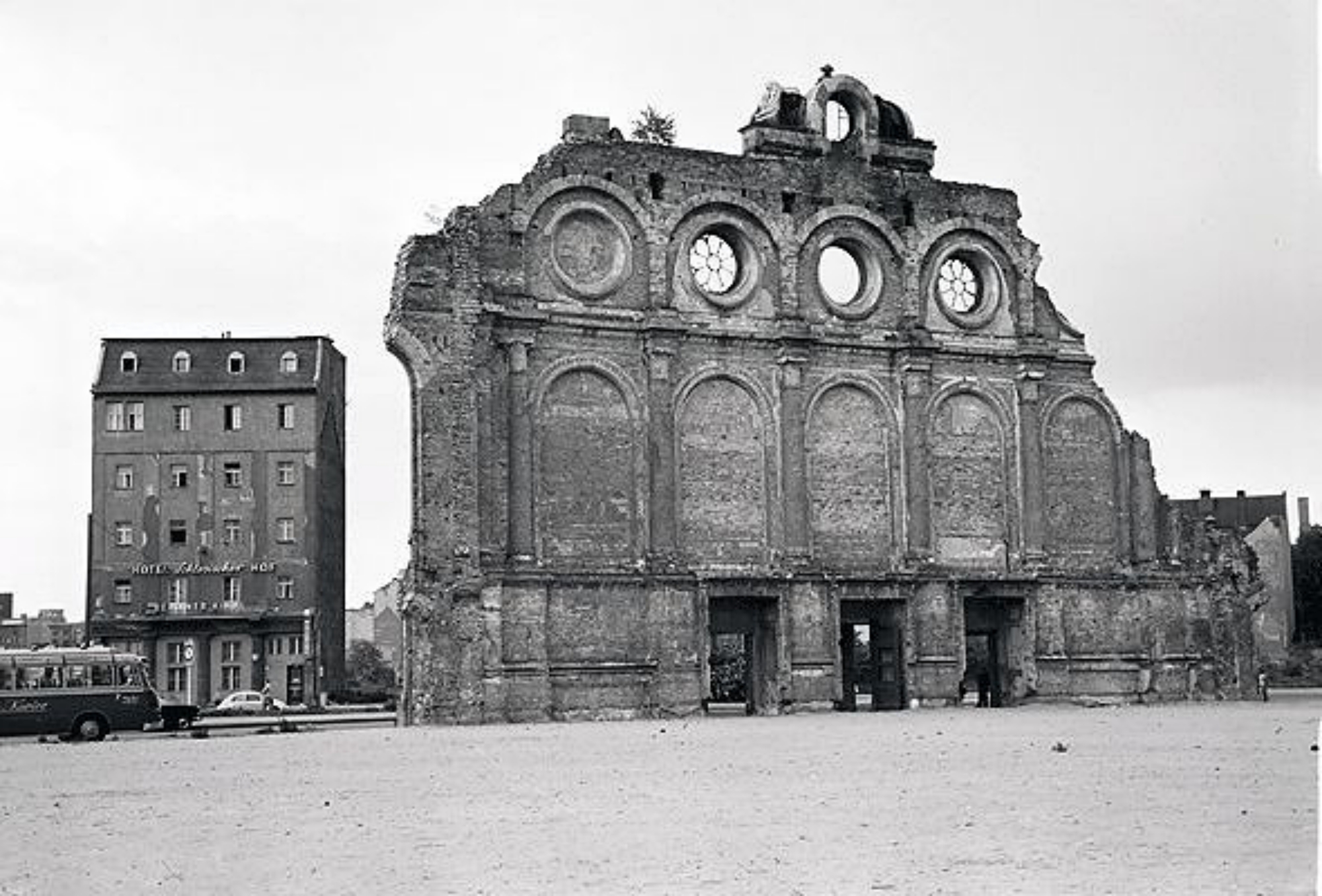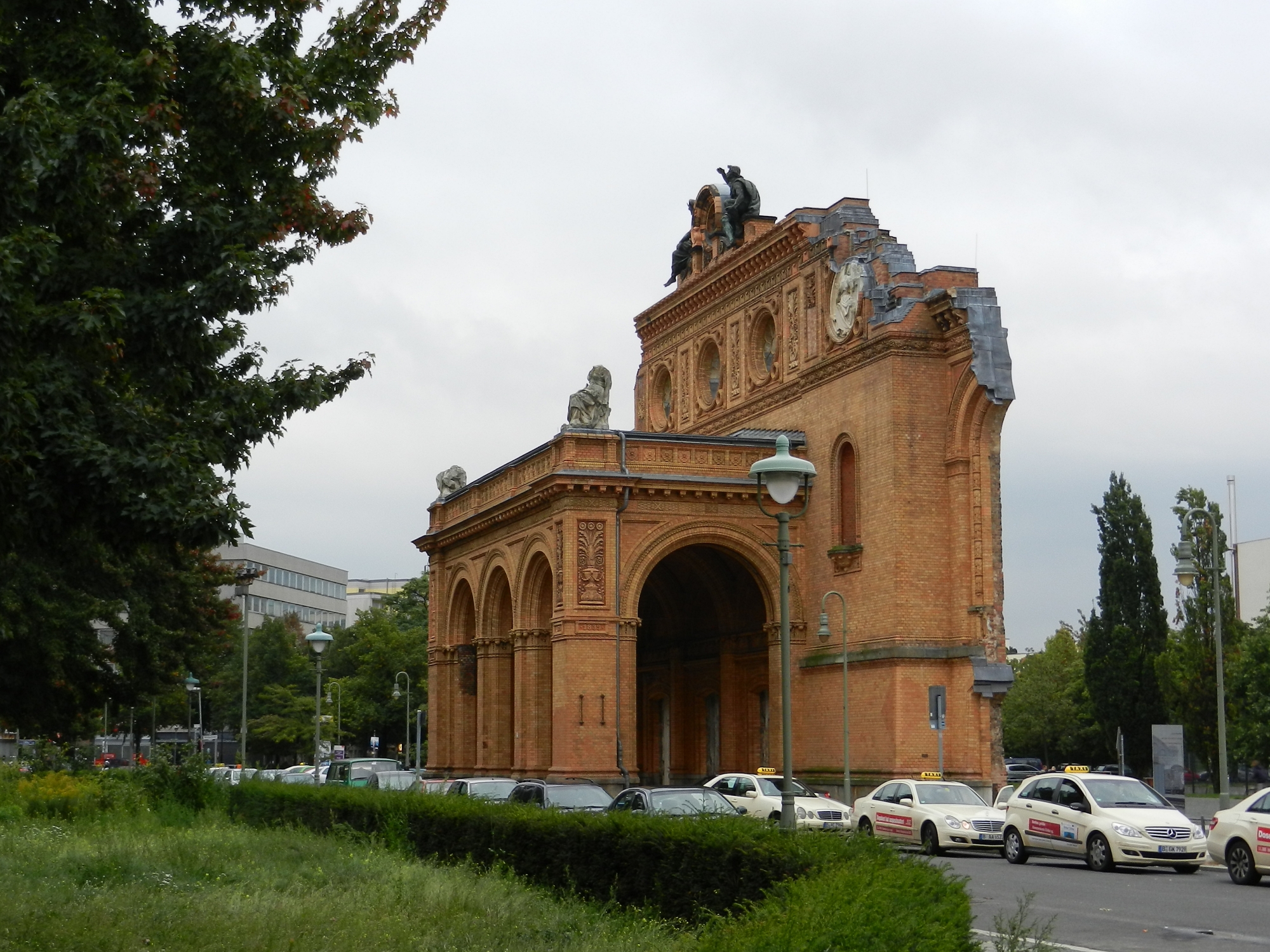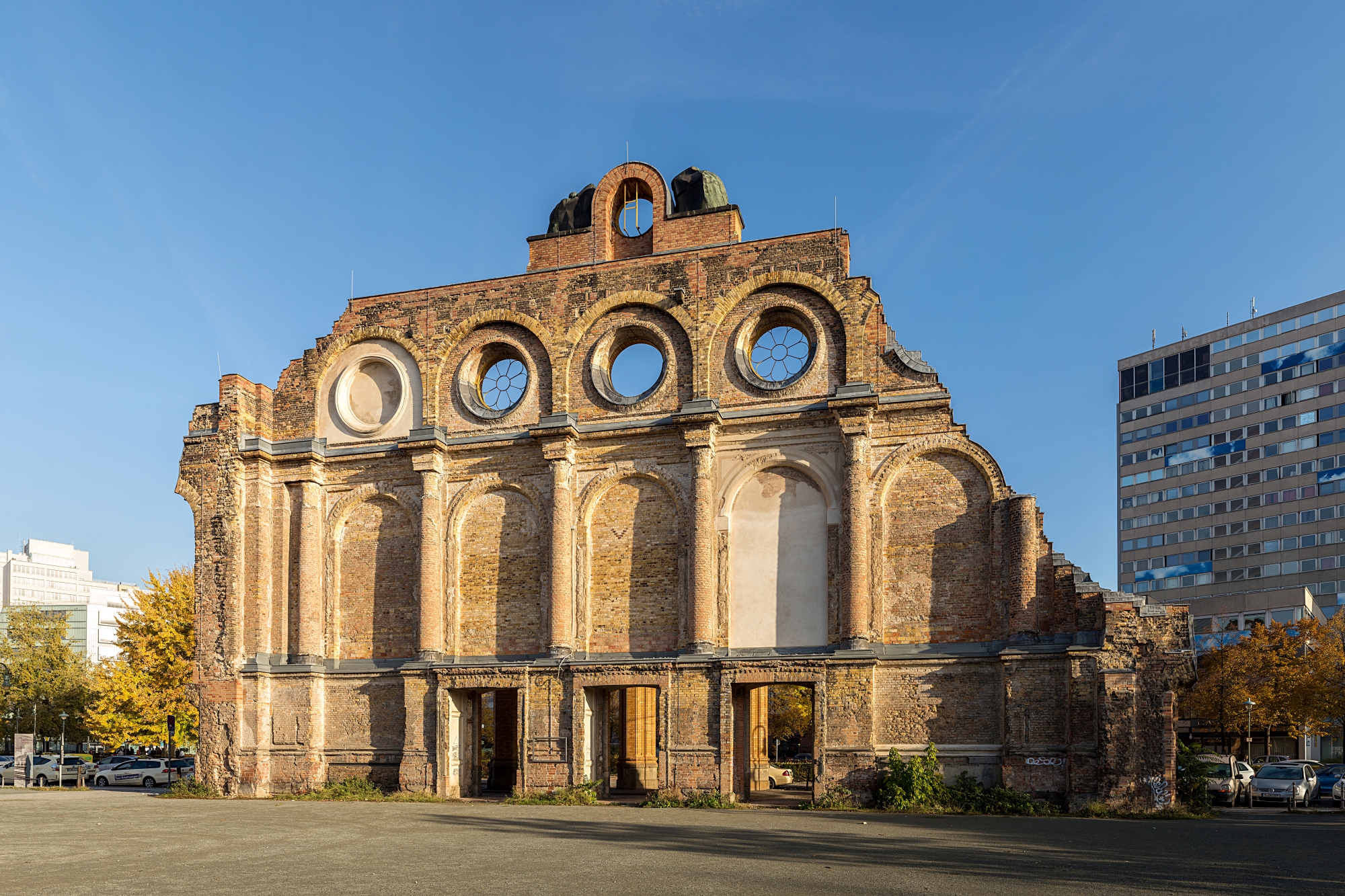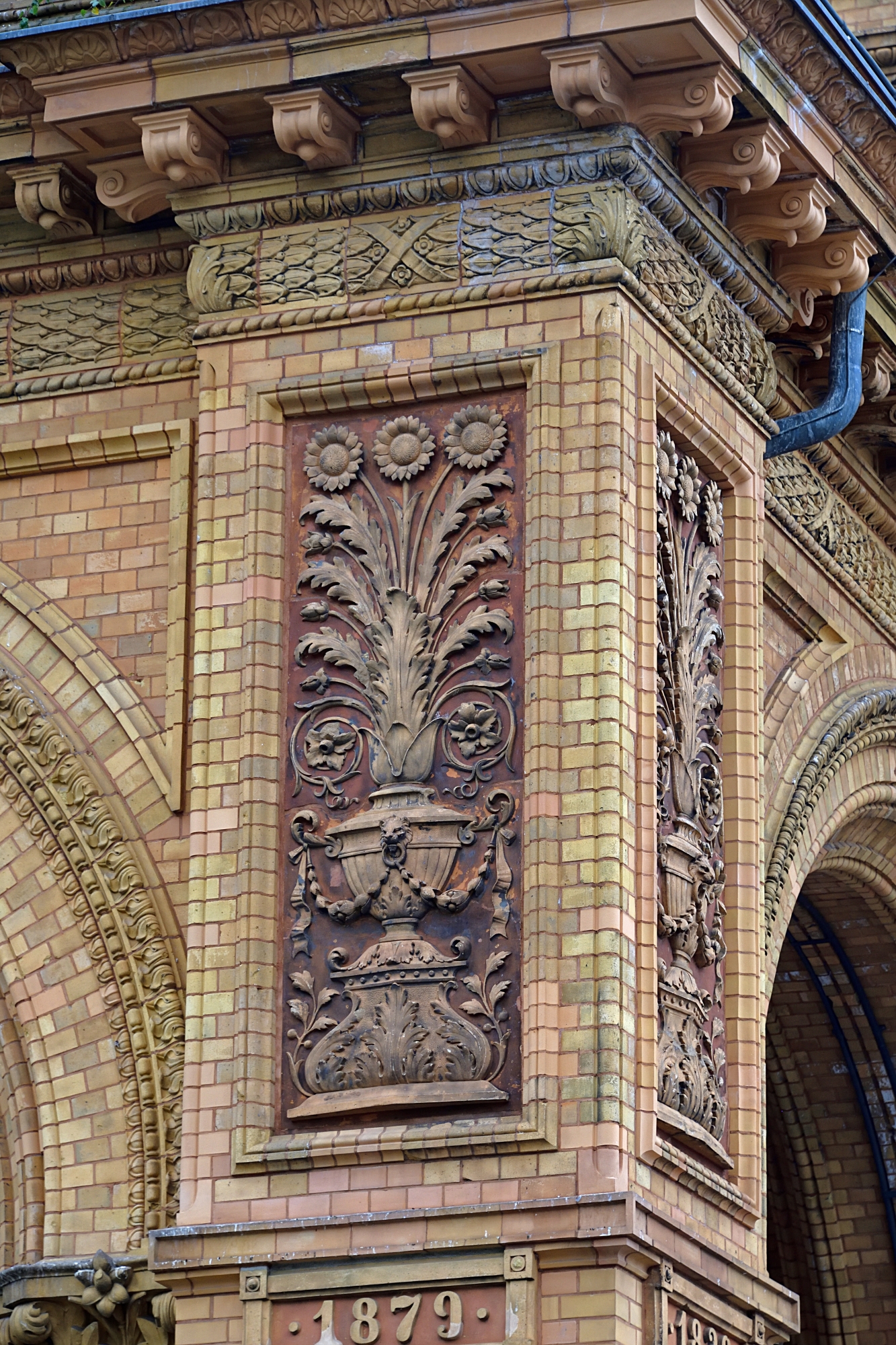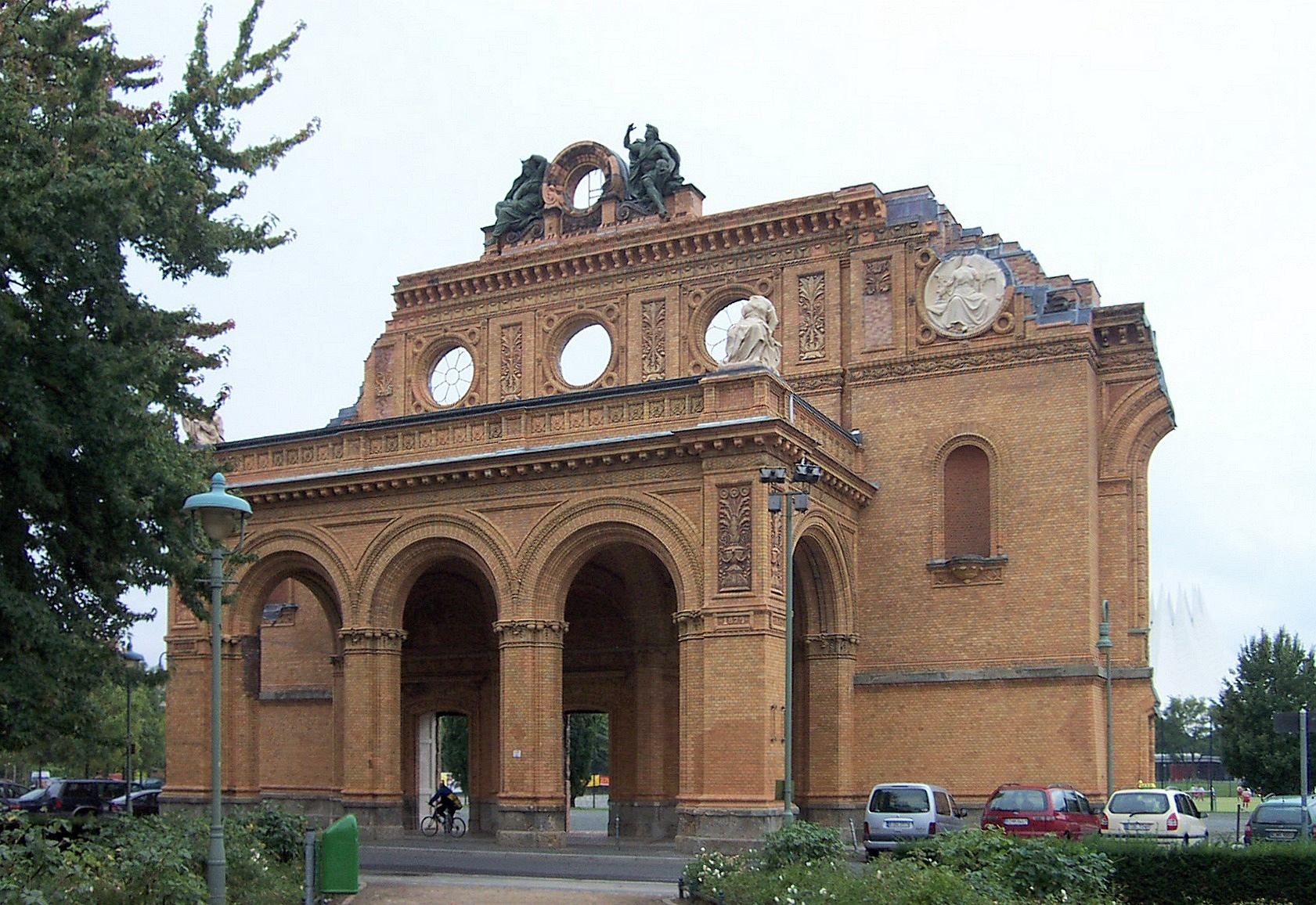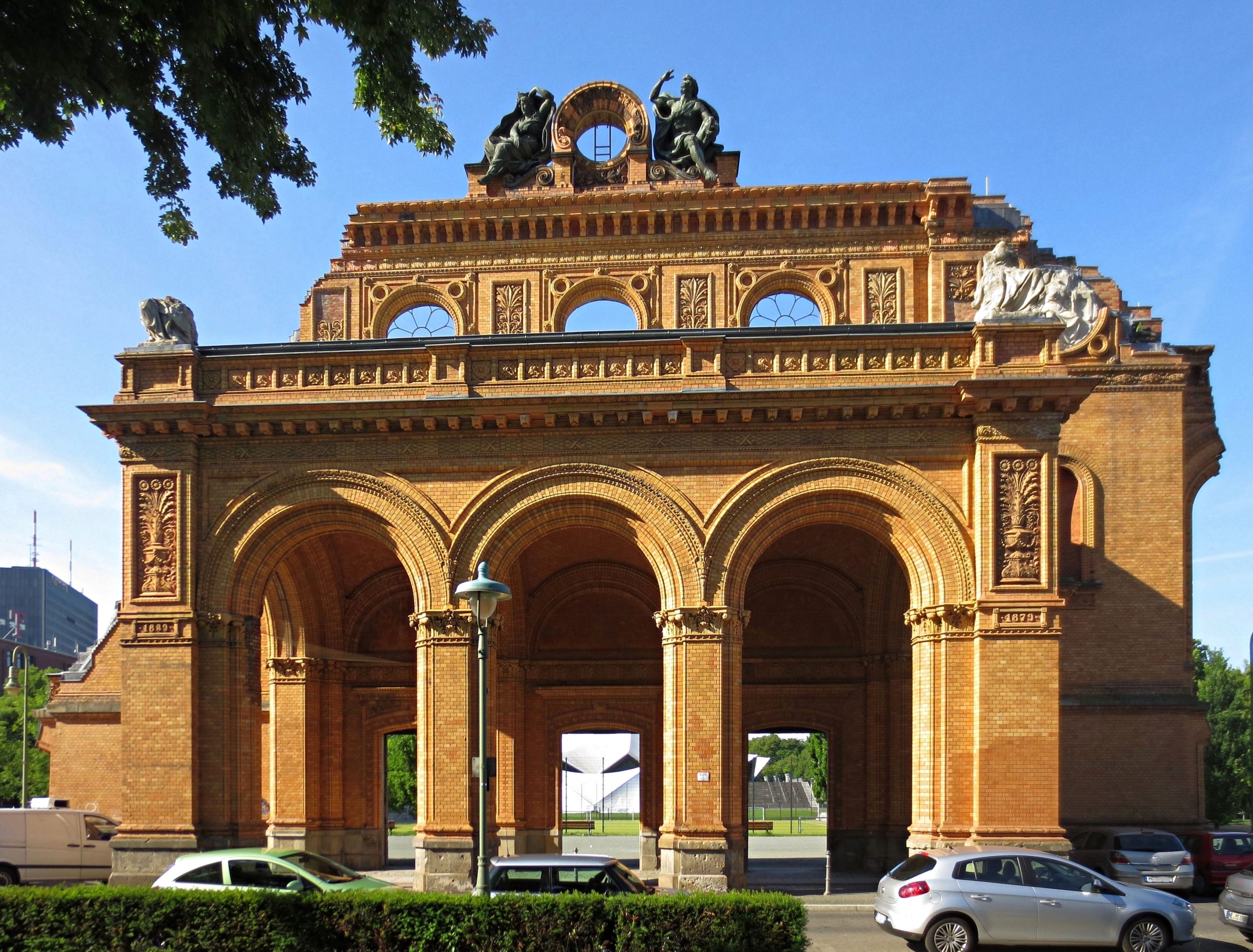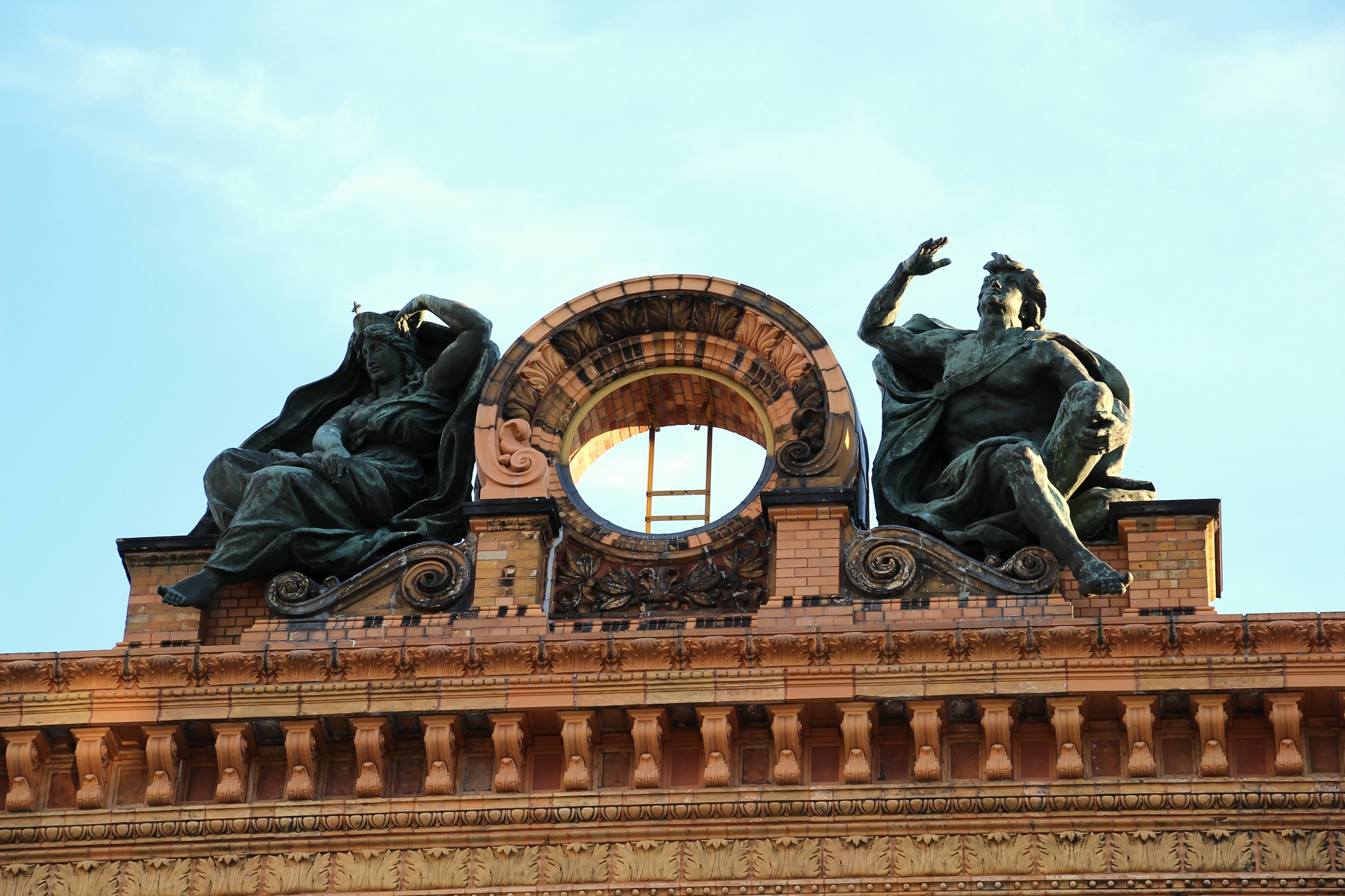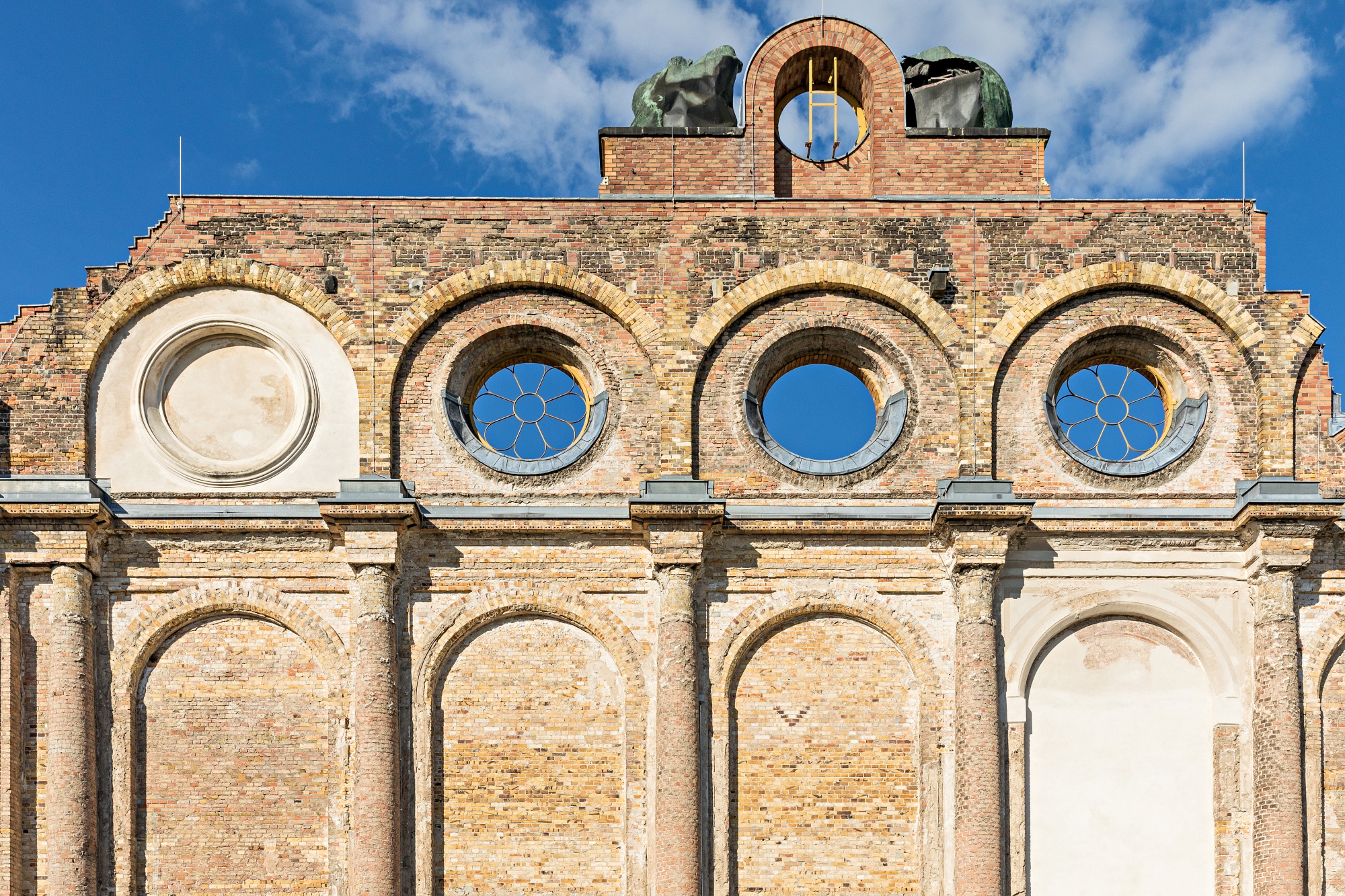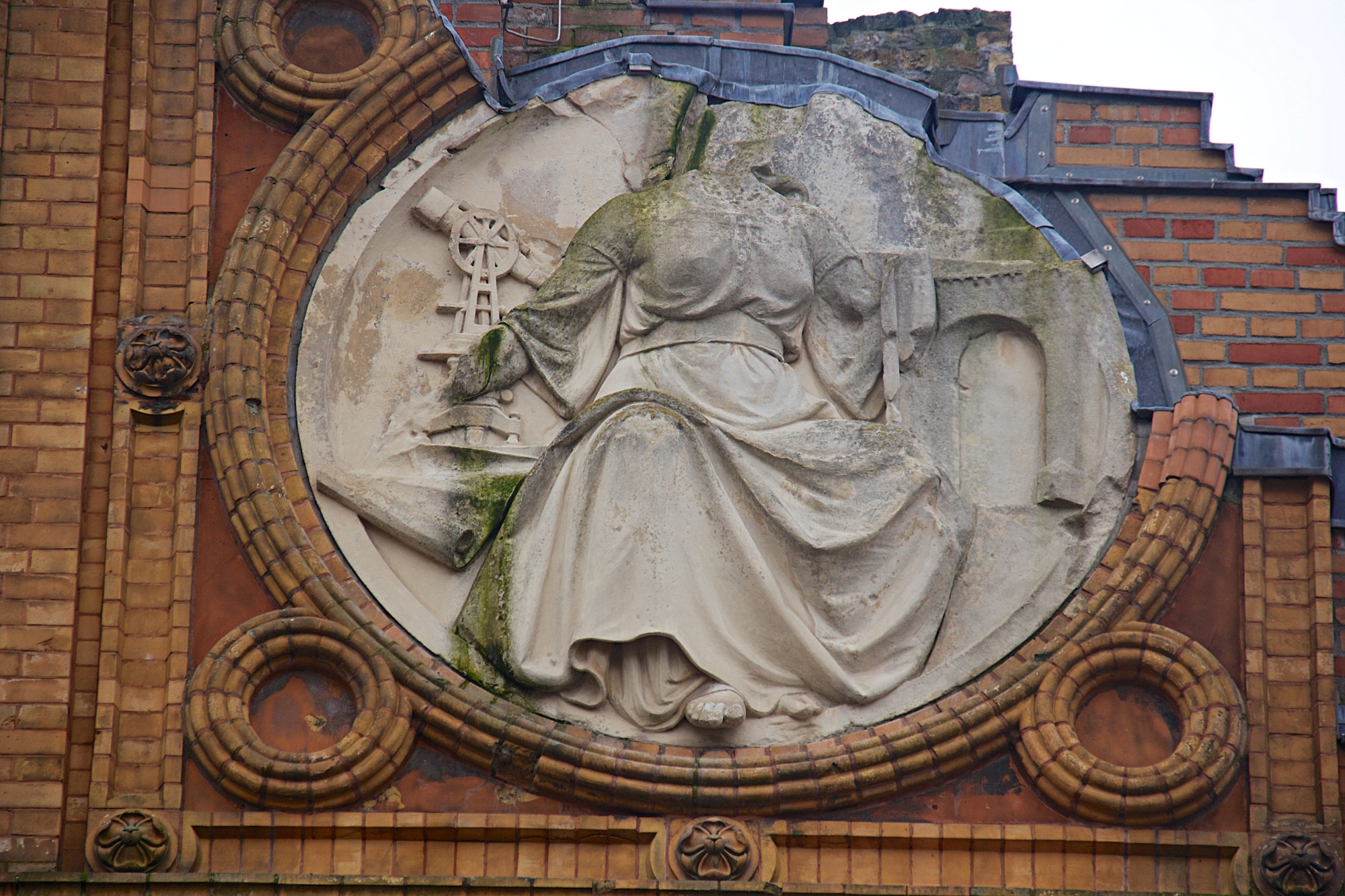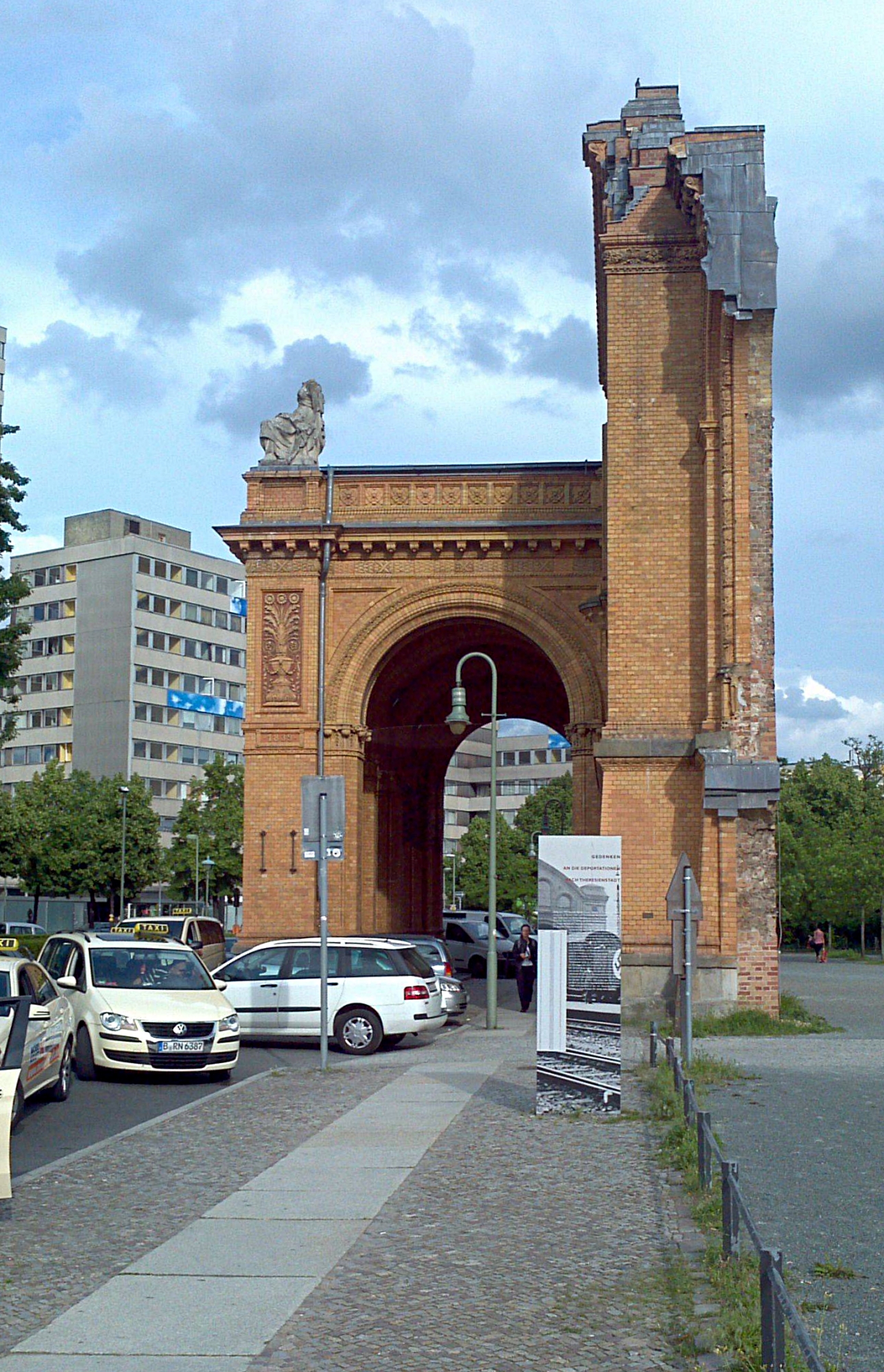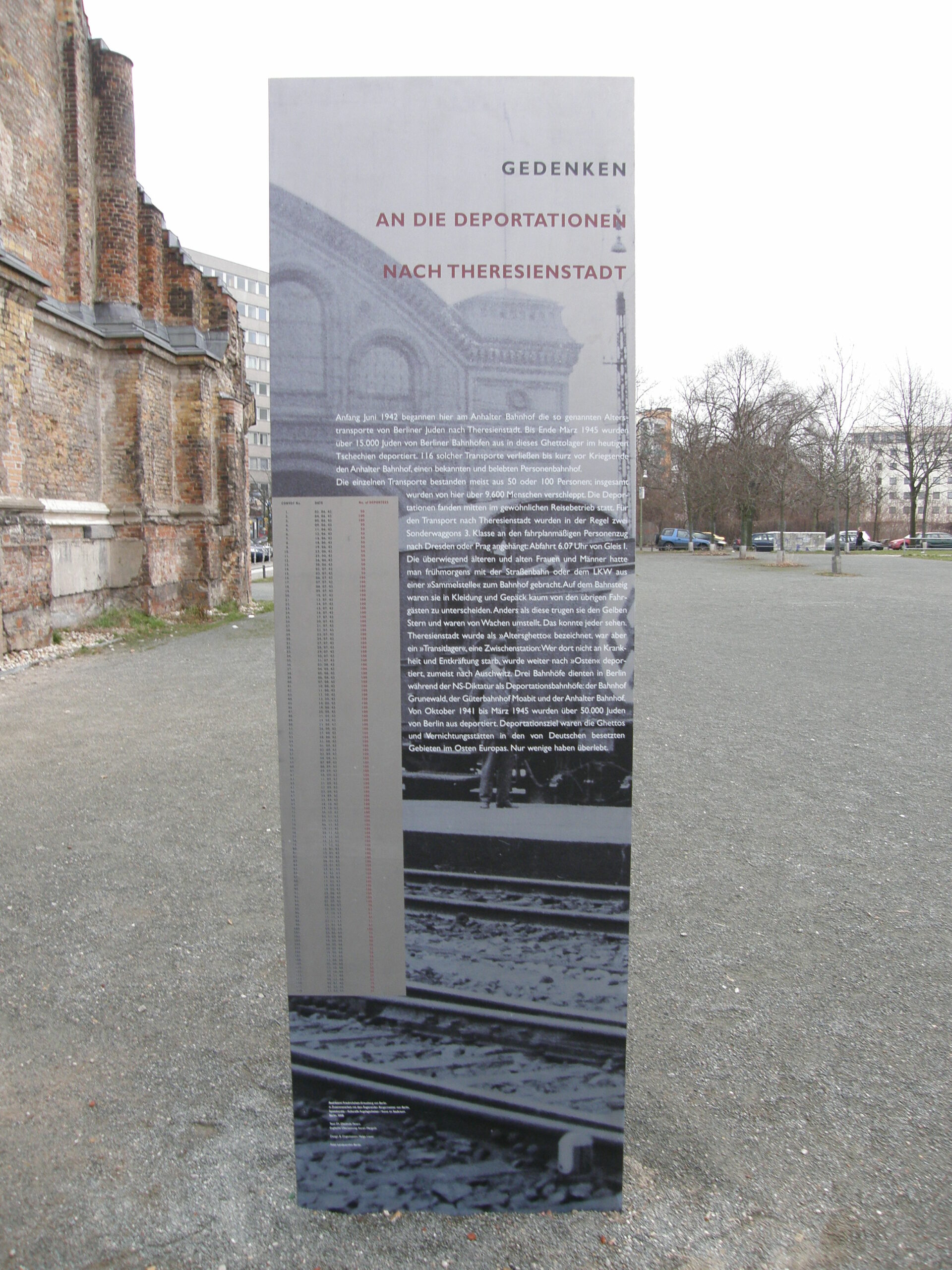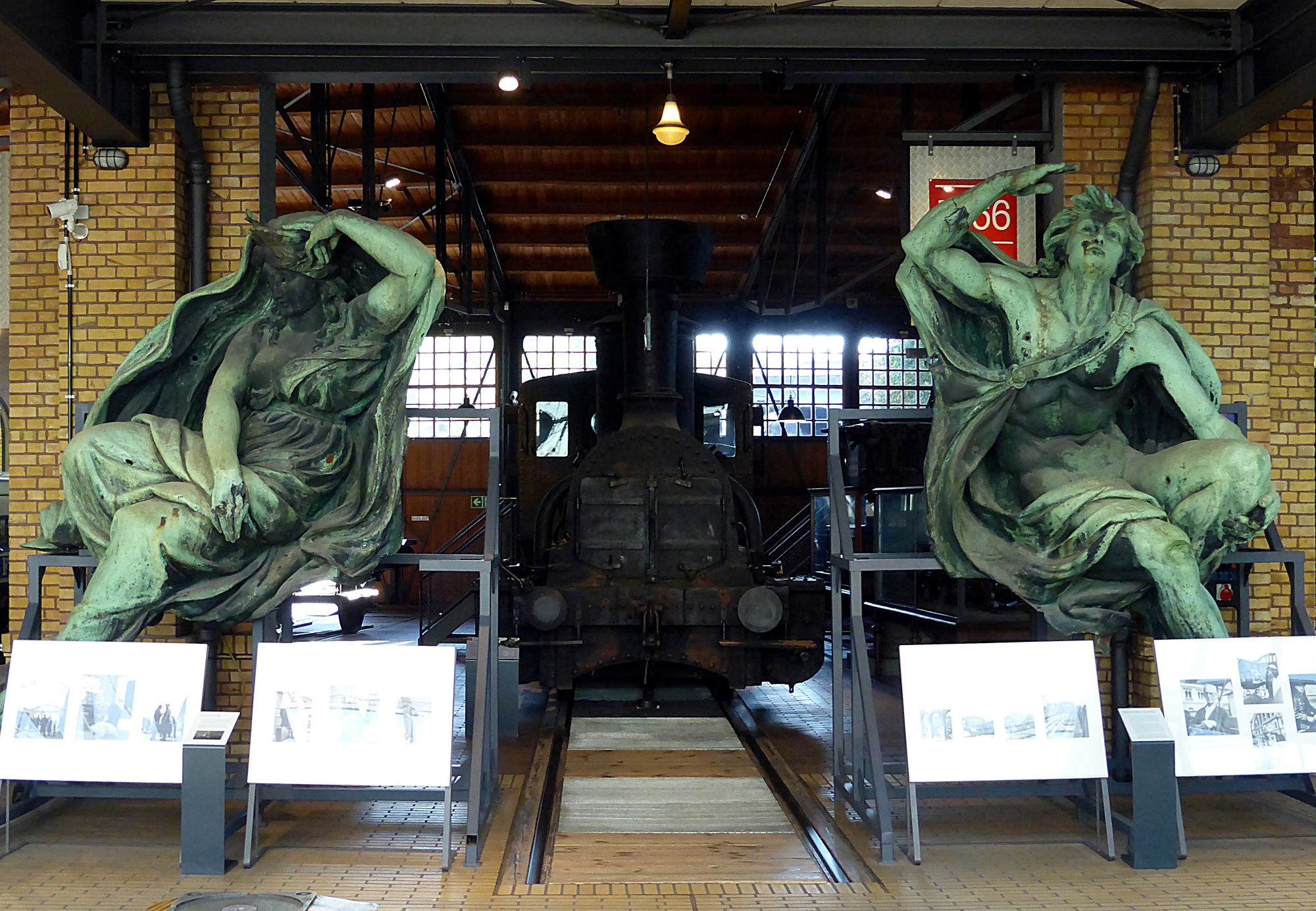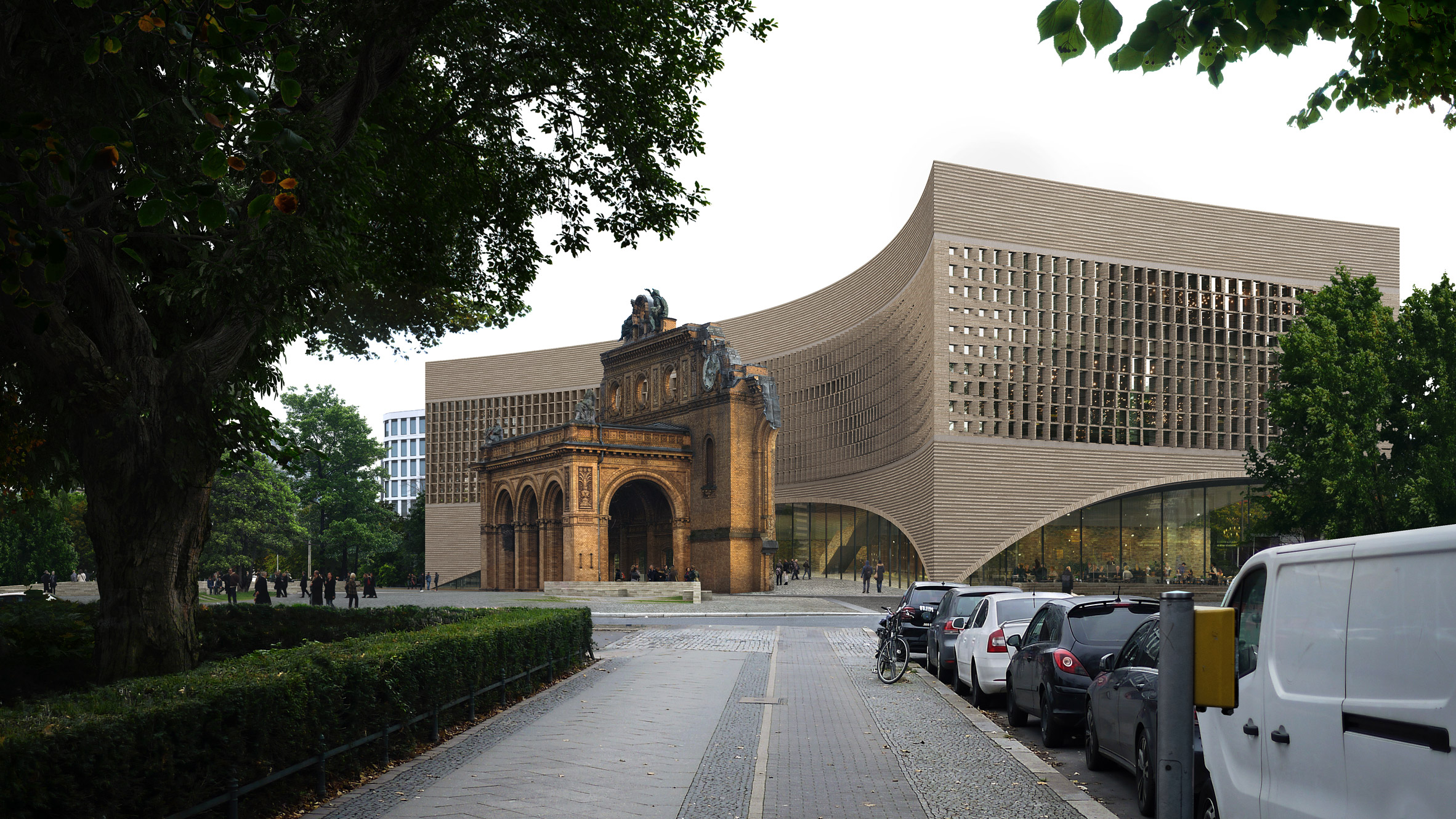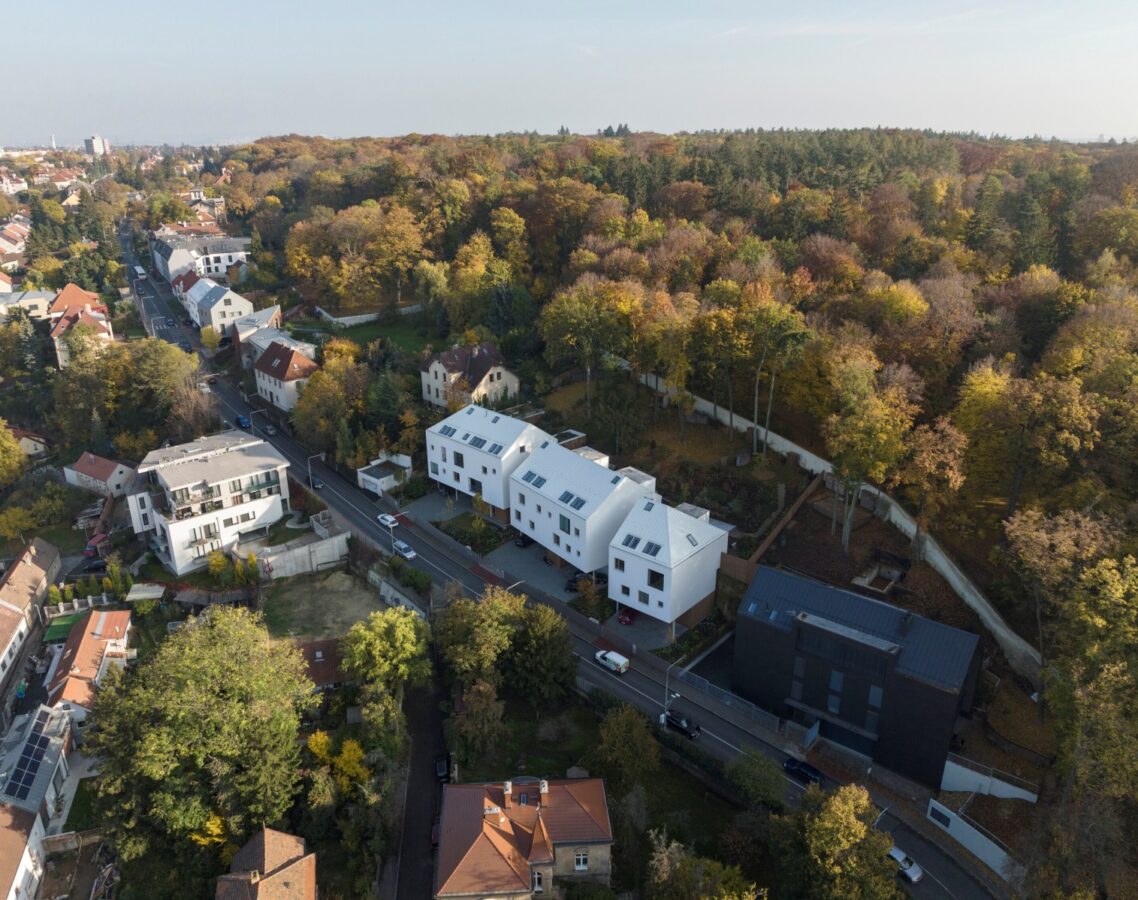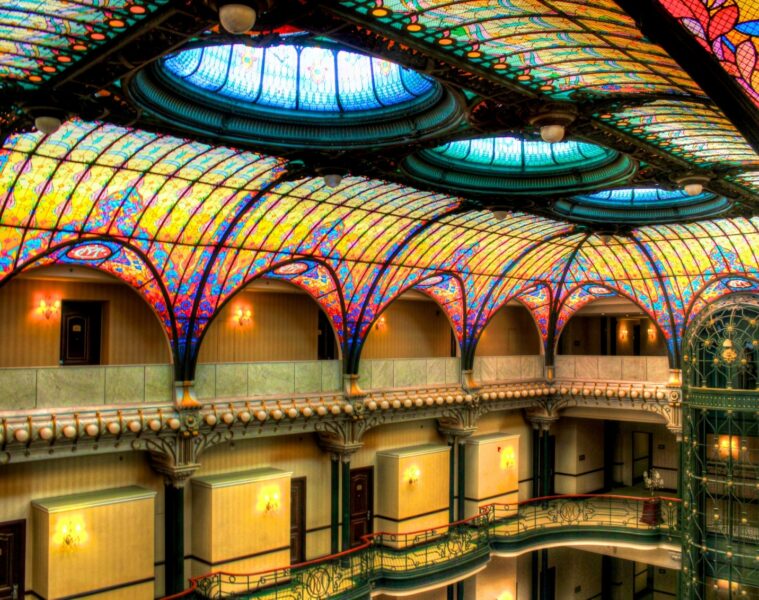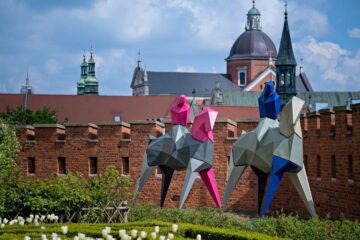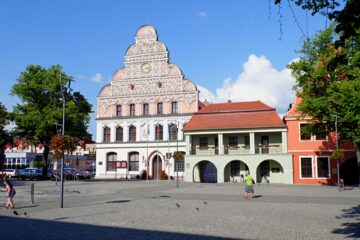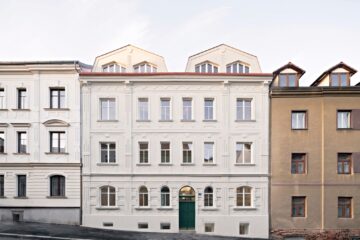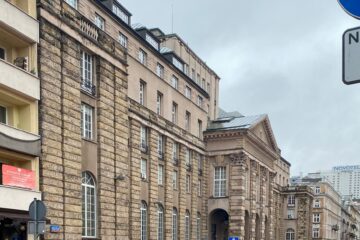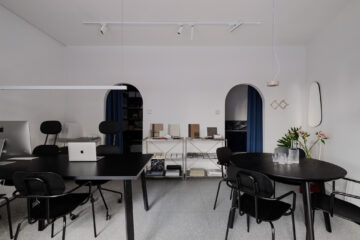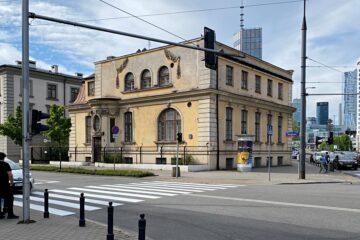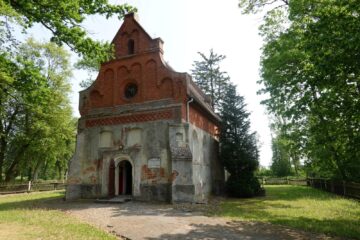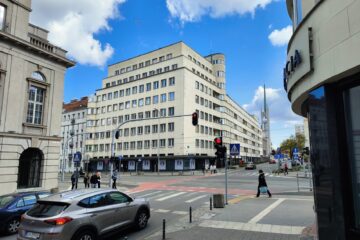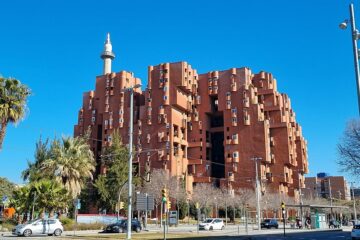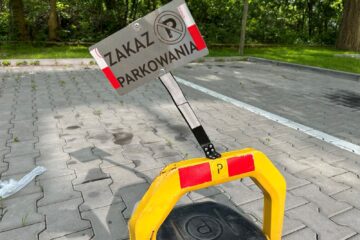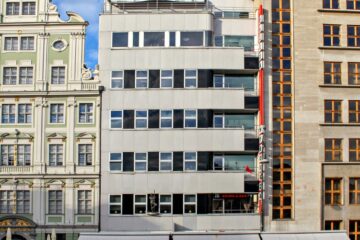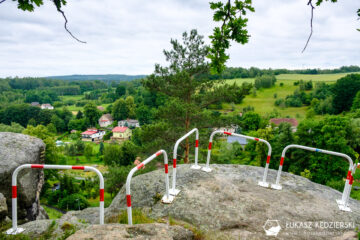Berlin Anhalter Bahnhof is a former long-distance railway station located in the German capital. The mighty edifice located on Askanischer Platz was built in 1880. The building was severely damaged during World War II, but continued to serve the people of Berlin. Its end came in 1960, when it was finally demolished. Only a fragment of the façade with the portico was preserved. Today, an underground S-Bahn station operates nearby.
Opened in 1841, the Anhalter Bahnhof was the northern terminus of the Berlin-Anhalt Railway (the station was named after the German province of Anhalt). The first, rather modest building was replaced by a new one, opened on 15 July 1880 as Berlin-Anhaltischer Eisenbahnhof by Kaiser Wilhelm I and Reich Chancellor Otto von Bismarck. The architect of the new station was Franz Schwechten.
Anhalter Bahnhof – engraving from 1882. Photo by Gottlob Theuerkauf, public domain, via Wikimedia Commons
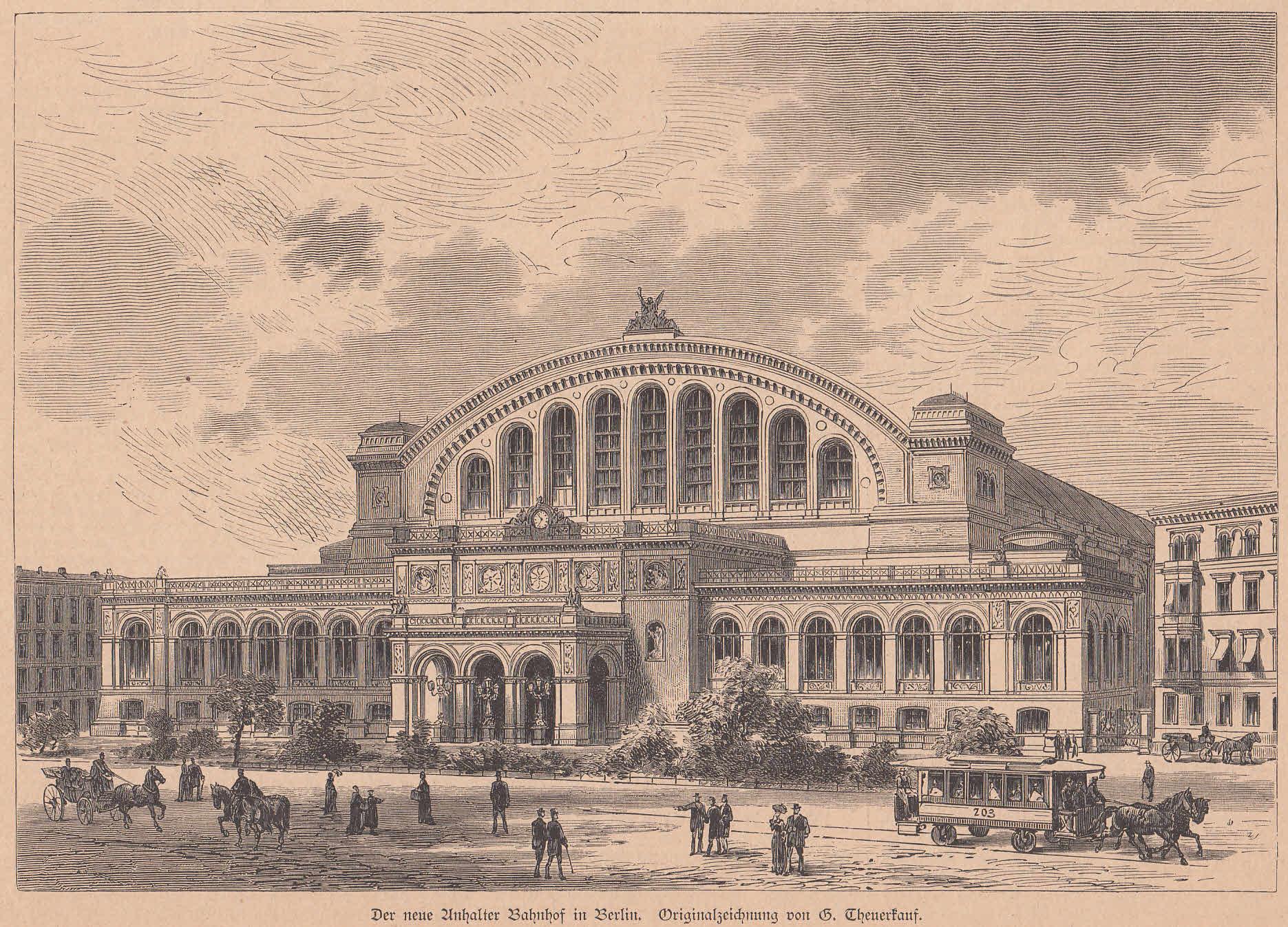
The building was designed as an impressive station hall with a height of 34 m, a span of 62 m and a length of about 170 m, making it for many years the largest railway station in Germany and having the largest span on the continent. A reception building was erected next to it. Schwechten used clinker, stone and terracotta as finishing materials. The magnificent architectural construction of the hall wall on the platform side became legendary. The arched gable wall was supported by a double row of arches on narrow pillars. The hall construction of iron trusses was carried out by Heinrich Seidel. The impressive roof could hold up to 40,000 people at a time.
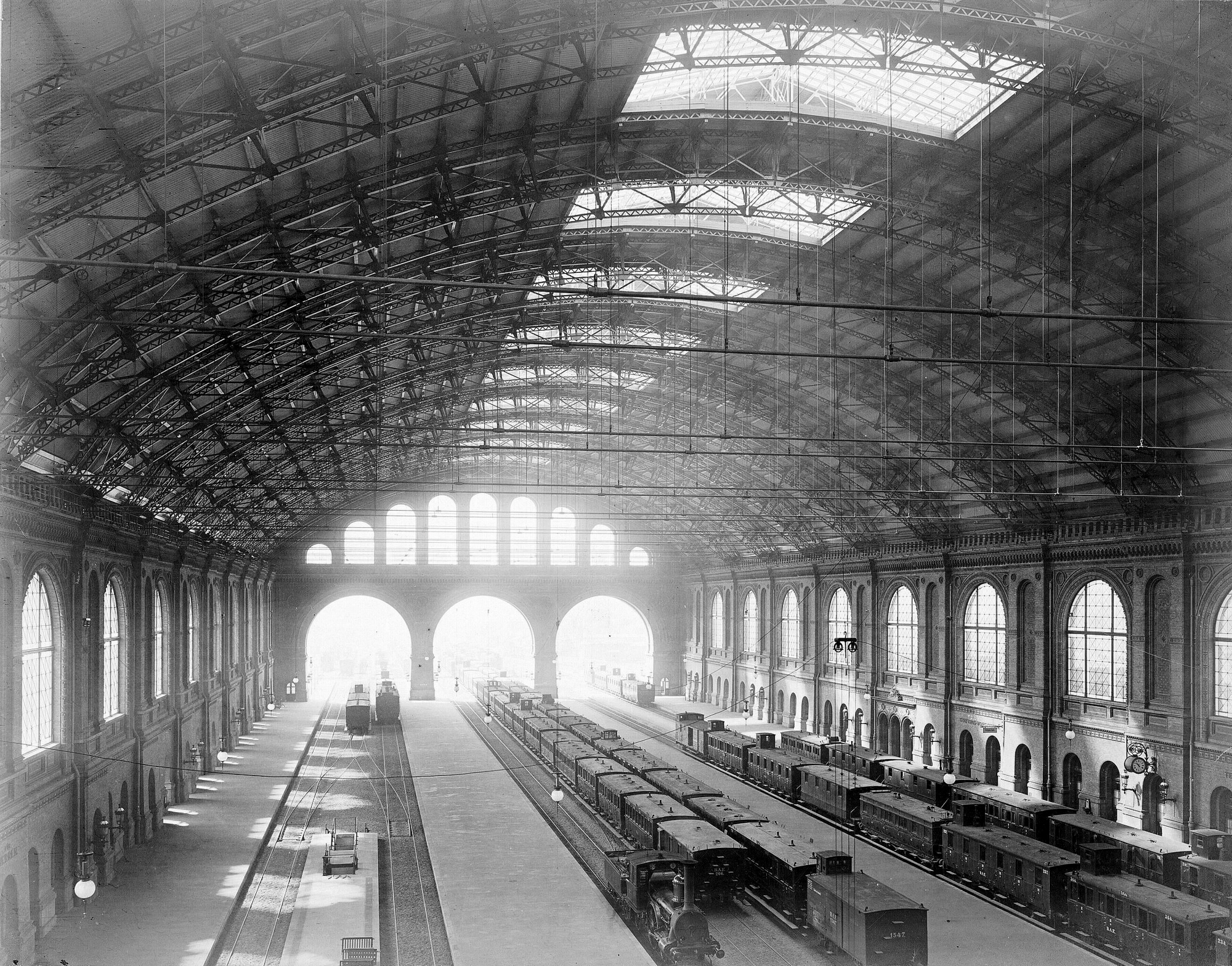
From the station, trains left for Dresden and on to Vienna, Rome, Cannes and Athens, later a direct connection to Naples was added. From 1928 onwards, the station was connected to the Excelsior Hotel by an underground passage with five shops under Königgrätzer Straße (now Stresemannstraße). From June 1942, transports of deported Jews departed from the station. They were transported to the concentration camp in Theresienstadt. In 2008, a stele was erected near the remains of the station to commemorate those tragic events.
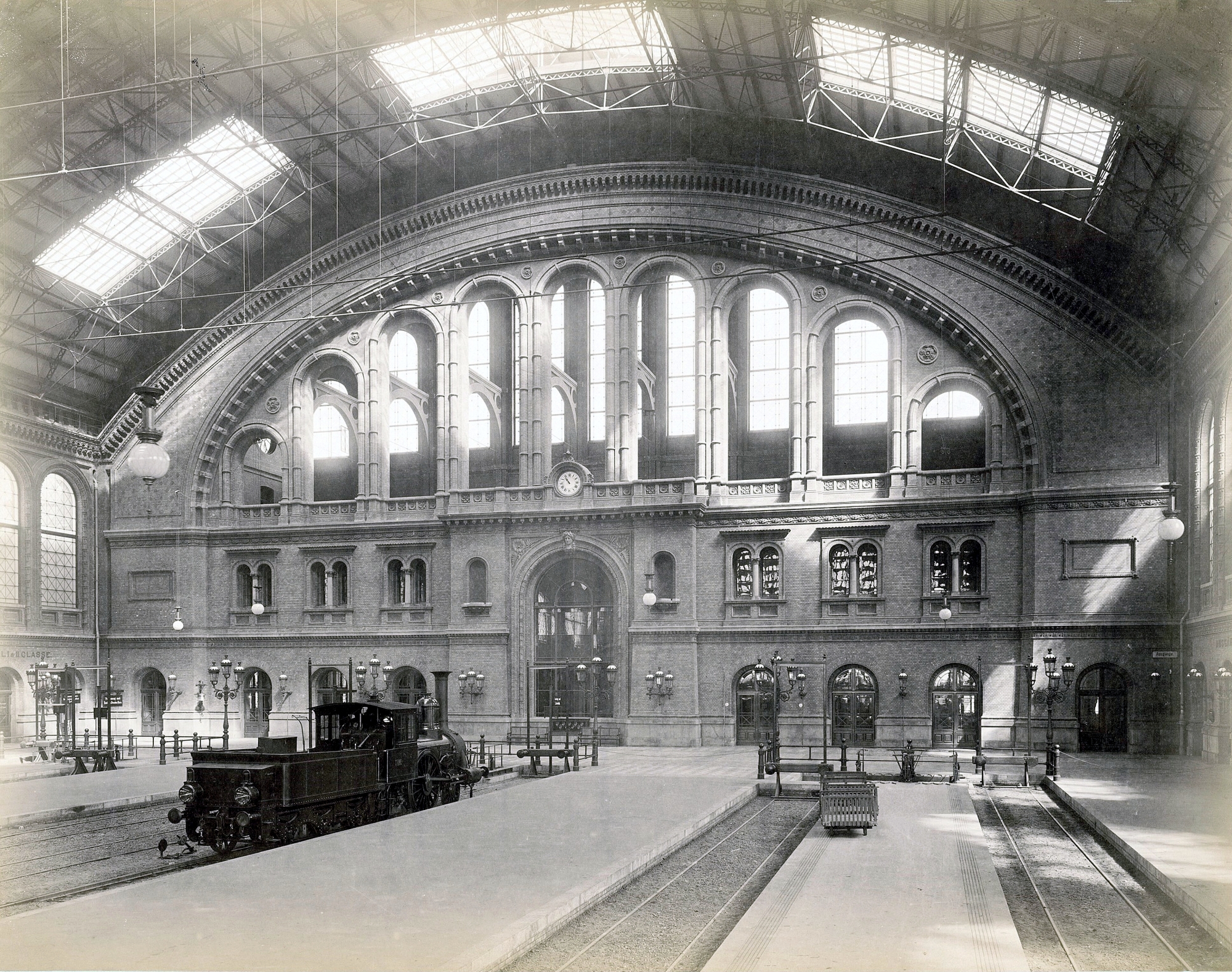
on 3 February 1945, the station was heavily damaged in an Allied bombardment, after which it was cleared of debris and temporarily restored to use. The collapsed steel roof structure of the hall was then cut and removed, but the walls were still standing and the building was classified as suitable for reconstruction. It continued to operate in this form until 17 May 1952, when it was closed due to the redevelopment of the city’s railway, with the result that the building was sidelined and lost its importance.
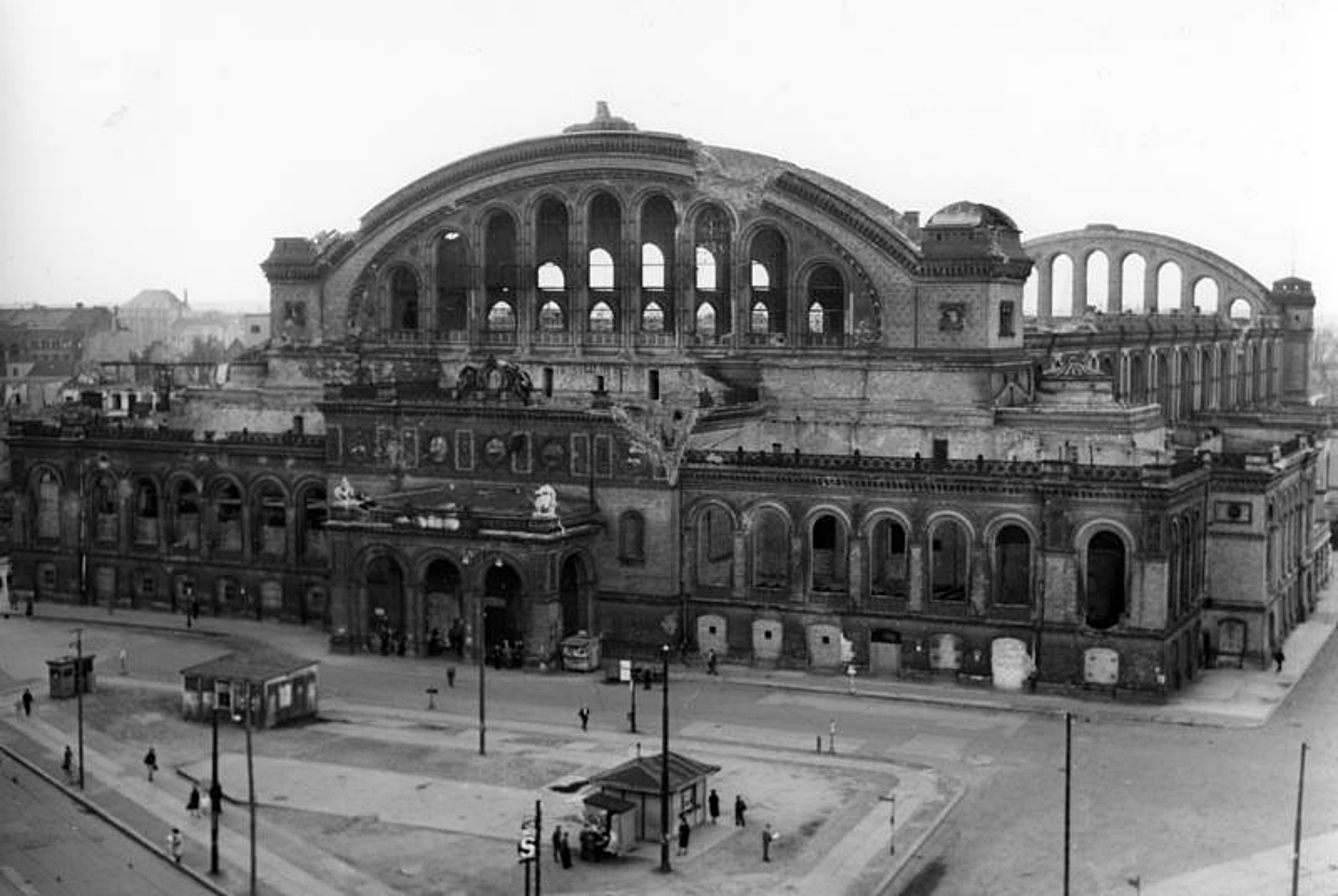
In 1960, the closed station was demolished, despite strenuous protests from experts, architects and the public. Only the portico with part of the covered brick driveway and part of the façade were left as a reminder of the former magnificent and awe-inspiring architecture. The sculptures on the entrance portal by Ludwig Brunow depict the personifications of day (a figure looking into the distance) and night (covering his eyes). The originals were transferred to the Museum of Technology in Berlin. The side walls of the former railway station hall are marked by rows of long-stemmed oak trees. The Tempodrom sports and performance hall is now located on the site of the former station.
The railway station before the Second World War and today. Photo by Sludge G, CC BY-SA 2.0, via Wikimedia Commons and GerhardSchuhmacher (talk) 16:38, 12 September 2014 (UTC), CC BY-SA 3.0, via Wikimedia Commons
The Exilmuseum Foundation plans to build a new museum next to the remains of the railway station building, which will be dedicated to the theme of exile. The Anhalter Bahnhof was chosen as the location because many Germans left their country from here and also came here from the lost lands after 1945. The competition to design the museum in 2020 was won by Danish architect Dorte Mandrup. Her concept is to build a curved structure with a brick façade standing at some distance from the preserved portal fragment. The museum is scheduled to open in 2025.
The Polendenkmal, a memorial to the Polish victims of World War II, is planned to be built in the vicinity of the new building.
Source: wikipedia.org, berlinexperiences.com
Read also: Berlin | Architecture | Germany | Railway station | Interesting facts


